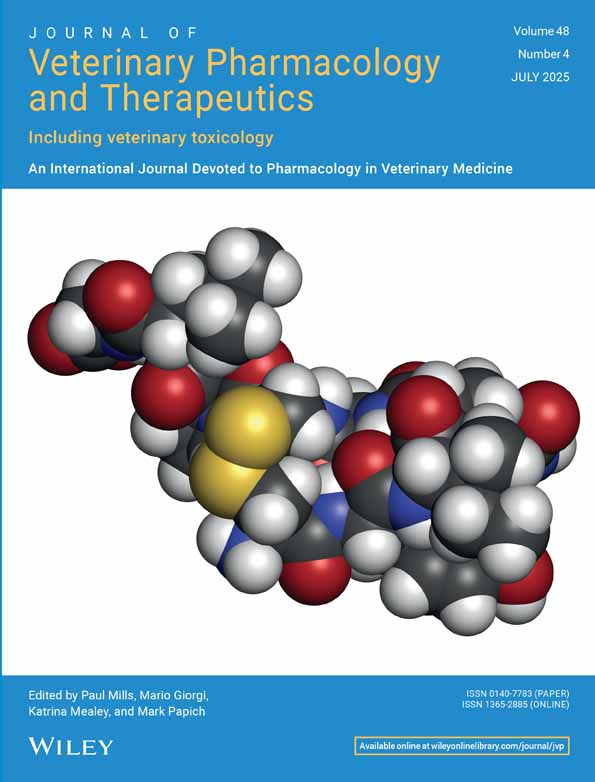The effects of ceftiofur sodium (Naxcel) on bovine oocyte and preimplantation embryonic development assessed by in vitro embryo production techniques
Abstract
Ceftiofur sodium is a third-generation cephalosporin antibiotic with broad spectrum bactericidal activity against Gram-positive and Gram-negative bacteria including the beta-lactamase producing strains. In this study, we use in vitro techniques to examine the effects of low and high levels of ceftiofur sodium on the development of bovine oocytes/embryos during oocyte maturation, oocyte fertilization and embryo culture. A total of 8590 oocytes was used in six independent experiments, each in a randomized complete block design. Each replication within each experiment consisted of oocytes from the same abattoir collection of ovaries. There was no difference in embryo development when oocytes were exposed to ceftiofur sodium during oocyte maturation or fertilization at low (10 and 50 μg/mL) or high (100 and 200 μg/mL) concentrations. However, when fertilized oocytes were exposed to concentrations 50 μg/mL during culture, ceftiofur sodium significantly retarded embryo development (e.g. the numbers of ova developing to the morula and blastocyst stages were reduced, and a large proportion of embryos were blocked at the 8-cell stage). We conclude that ceftiofur sodium does not appear to have detrimental effects on oocyte maturation and fertilization. However, long term exposure to high dosages of ceftiofur sodium during post-fertilization culture adversely affects embryo development in vitro.




